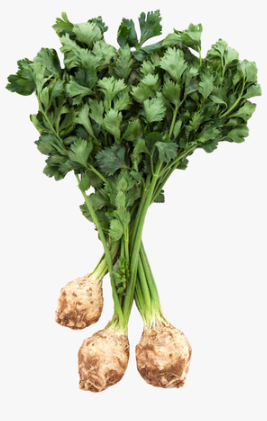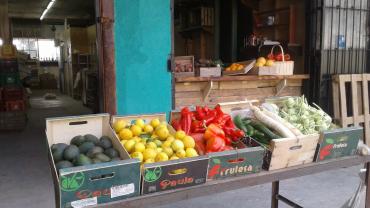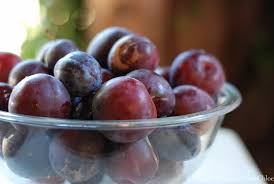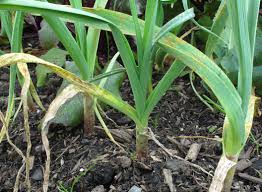As with the parsley root which visited this column last month, celery root also opens a window into the power of variety diversification, as celery root is quite different from the more popular and crispy leafy celery.
Like parsley, celery is also a member of the Apiaceous botanic family. Its wild varieties grow near the Mediterranean basin and humans have used it as both food and medicine for at least 3,500 years, with its first being mentioned in Homer's Iliad.
It's unclear when the split between celery varieties occurred, because in celery's case, there were likely many transitional varieties where both the root and leaves were used simultaneously—the reports of using both root and leaves date back very far.
It's worth noting that unlike parsley root, which usually comes with an unimpressive tuft of leaves, celery root typically comes equipped with abundant foliage, making it difficult to determine when distinct varieties emerged.
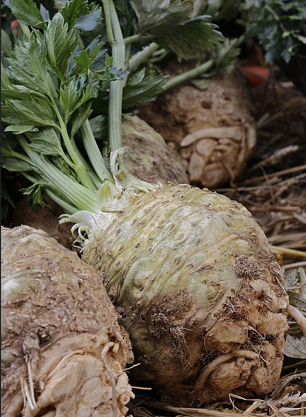
Here I should mention that although both varieties are rich in leaves, the celery head (as the root is sometimes called) typically has darker colored, thinner, and softer stems. In contrast, leafy celery is usually longer and more solid, with pale light green leaves and thick, crispy stalks.
While they're similar, they're also different enough and I love mixing them. In soups it adds depth, as there's a certain difference in flavor, color, and texture. When it comes to celery in soup, I believe in the principle: the more, the better.
With that said, since celery root, unlike its crown of leaves, can stay fresh (in the refrigerator) for many months, sometimes only the root bulbs make it to market. So, let's move on to this amazing root. In ancient times and throughout the Middle Ages, until potatoes arrived in Europe in the 16th century—celery root served as the main root vegetable consumed whole, both roasted and in long cooking.
Sometimes I incorporate whole roots in roasts. I've even once tasted celery root purée, and it was quite remarkable, although I admit I haven't had the energy or special motivation to make the recipe myself.
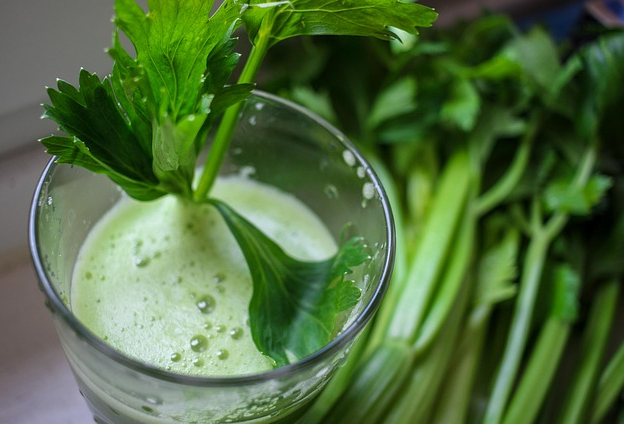
On the other hand, when it comes to soup, I don't move without celery root and yes, parsley root too (there's no contradiction here; it's an excellent example of 'two are better than one'). There's no winter stew that doesn't receive at least one head (peeled and cubed, which is fun to pile up in a spoon)
It could be chicken soup, orange soup, goulash, or fish stew—without celery root, it's simply not the same.

